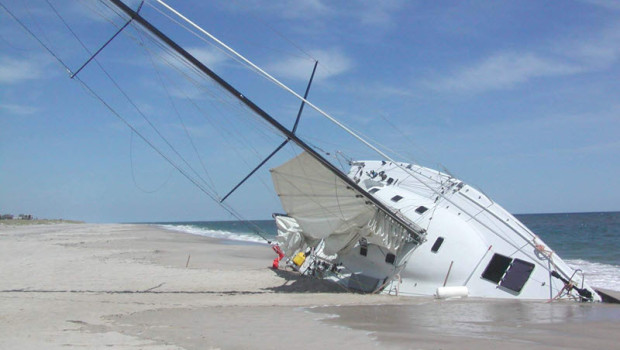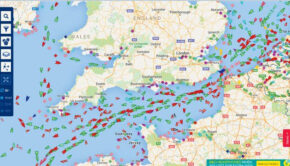Education Improves Boating Safety
Published on April 5th, 2016
by Rich Jepsen
A recent study from Rhode Island Hospital researchers based on data from the U.S. Coast Guard has reported that sailing in the U.S. has a higher fatality rate than football and downhill skiing. While the information appears accurate, to the extent the study goes, it requires clarification and perspective.
After a lifetime in sail training and boating safety, here are three issues to consider:
1. While alcohol can be a factor in skiing, it is much more a factor in boating – virtually not a factor in football. Both skiing and football are virtually impossible to enjoy while inebriated. Unfortunately, it’s different with sailing.
2. The culture of the U.S. (the attitudes of the majority of boaters and would be boaters), even in sailing, is that obtaining education or training is unnecessary, except where state mandated. The statistics conflate ‘unskilled/ignorant’ with ‘inexperienced’. Sail training professionals will tell you those are two different things.
When you measure only sailors who were professionally trained on the water, the death rates plummet. Unfortunately, the national statistics, generally derived from the USCG database, fail to distinguish between a new sailor who is trained and competent, from a new sailor who is ignorant of seamanship or incompetent in basic boat handling.
3. Lifejacket use is on the upswing after years of spotty use thanks to modern, more comfortable lifejackets and a huge, decades long public relations push by boating safety experts and state and federal officials. But, we are just beginning to see the results of those in death statistics.
Also, a brand new rating system, long in use elsewhere in the world, is being considered by the USCG that will result in a whole new lifejacket design paradigm where lifejackets that are comfortable and streamlined will also be eligible for ‘Coast Guard’ approval to meet the equipment requirements on boats. There will be an uptick in lifejacket use and we will see death rates continue to fall.
———–
I do accept the thrust of the study, which is how sailing is more difficult and dangerous than it looks. But, there’s something all sailors can do right now, which is to promote education. Whenever you have the chance, tell your friend or family member considering jumping in to buy a boat that they will have so much more fun and will be so much more safe (as well as their guests) if they learn from a professional at a yacht club, community sailing center, or commercial sailing school.
By the way, with grant funding, over the past five years, well over 100 subject matter expert volunteers have developed national standards, including sailing, for the knowledge and skills a recreational boater would need to have in entry level conditions, where the majority of accidents occur.
These standards will help new sailors recognize what skills and knowledge they need to keep themselves, their crews and their boats safe while enjoying our sport. These standards will also help new training programs more quickly and cheaply develop their curriculums and use their compliance with the standard to promote their schools. Stay Tuned!
To view these standards: water standards – knowledge standards.
Rich Jepsen, richardjepsen@gmail.com
Board Member, US Sailing
CEO, OCSC Sailing (commercial sailing school) retired
Member National Boating Safety Advisory Council (USCG Boating Safety Office)
Member, National Education Standards Panel, National Association of Boating Law Administrators
Board Member, Alameda Community Sailing Center









 We’ll keep your information safe.
We’ll keep your information safe.